10 Iconic Records That Shaped Entire Generations
Music has the power to shape culture, and some albums have become landmarks in the evolution of popular sound. These albums not only define the eras they were released in but also continue to influence artists and listeners today. From revolutionary sounds to poignant social commentary, each album represents a key moment in musical history. Exploring these timeless records reveals how they pushed boundaries, sparked movements, and left a lasting impact on both the industry and society.
This post may contain affiliate links, which helps keep this content free. Please read our disclosure for more info.
The Beatles – Sgt. Pepper’s Lonely Hearts Club Band (1967)
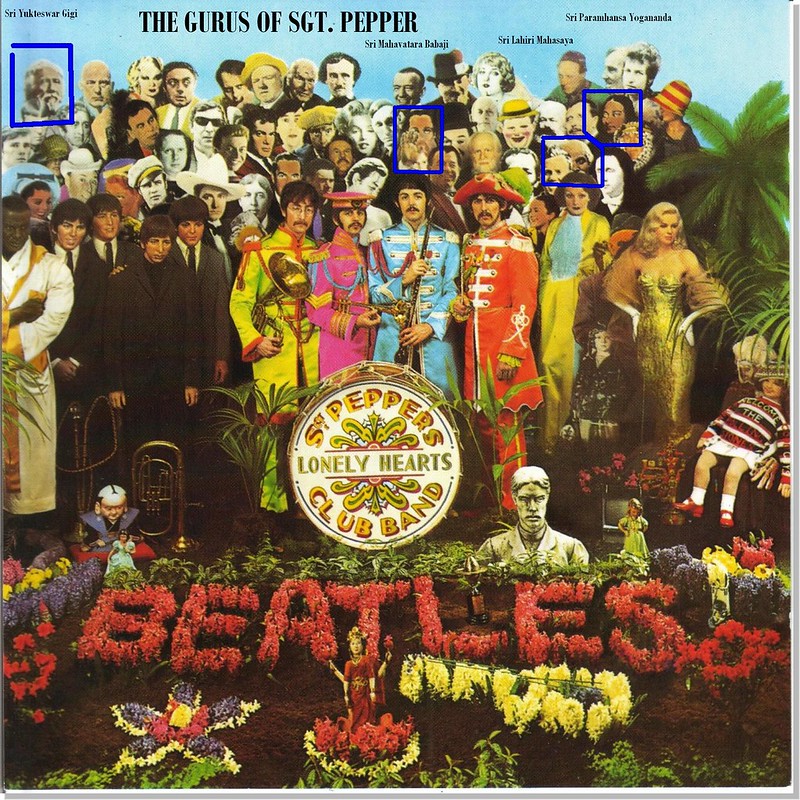
Released in 1967, Sgt. Pepper’s Lonely Hearts Club Band marked a pivotal moment in music history, capturing the transformative spirit of the late 60s. As a groundbreaking album, it pushed the boundaries of what was possible in rock music by combining various genres, from classical to psychedelia. It also introduced unconventional studio techniques, such as tape loops and stereo effects, making the album a sonic masterpiece. The Beatles, always innovative, embraced the counterculture movement of the time, reflecting social and political themes in their lyrics, such as peace, love, and self-discovery.
The album became an anthem of the 60s, symbolizing a generation searching for meaning and expression. Sgt. Pepper’s wasn’t just a collection of songs; it was a full artistic statement, one that encouraged other artists to break free from the limitations of traditional album formats. It also elevated the concept album as a legitimate form of artistic expression, with its seamless integration of music and narrative. Today, it stands as one of the most influential albums ever, shaping the trajectory of rock and pop music.
Marvin Gaye – What’s Going On (1971)
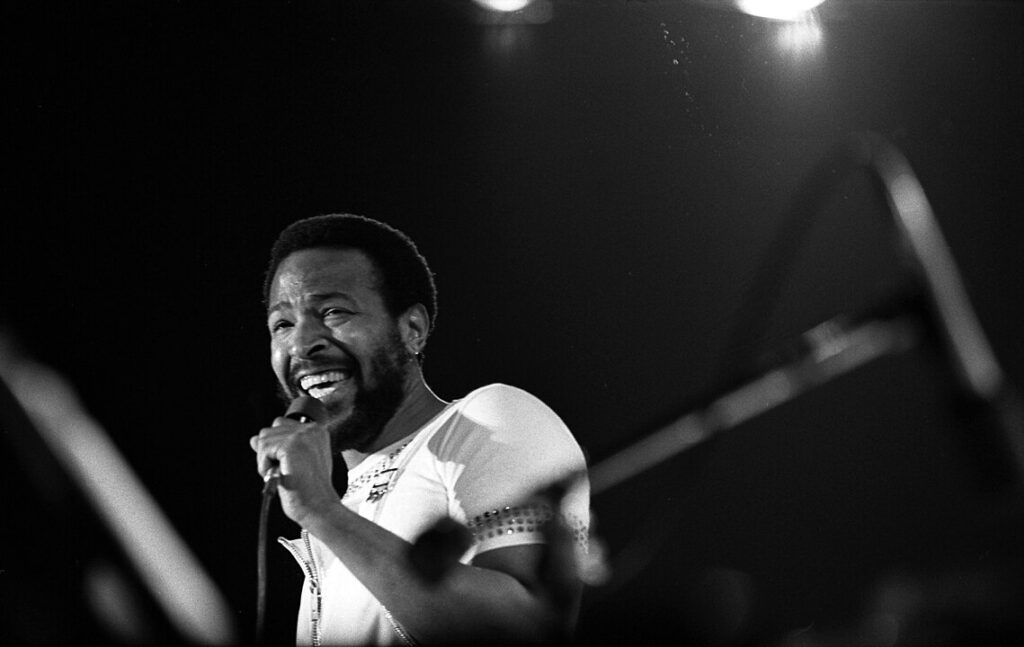
Marvin Gaye’s What’s Going On is often hailed as one of the most important albums of the early ’70s, a time when music was beginning to tackle serious social issues. The album’s concept is a reflection of the unrest in America during the time, with Gaye addressing issues such as the Vietnam War, police brutality, and racial inequality. The title track, with its smooth yet haunting melody, is an emotional plea for understanding and peace, while the rest of the album continues this theme, offering a soulful commentary on the state of the nation.
The production of What’s Going On was revolutionary for its time, blending jazz, soul, and classical influences into a cohesive, timeless sound. Gaye’s vocal performance was tender yet powerful, and his ability to weave complex social commentary into accessible music set this album apart. What’s Going On became a catalyst for the socially conscious music movement, and its impact is still felt in modern music. It not only defined the early 70s but also established Gaye as a visionary artist.
David Bowie – The Rise and Fall of Ziggy Stardust and the Spiders from Mars (1972)

David Bowie’s The Rise and Fall of Ziggy Stardust and the Spiders from Mars was a defining album of the glam rock era. Released in 1972, it introduced the character of Ziggy Stardust, a bisexual alien rock star, which allowed Bowie to explore and express themes of identity, sexuality, and fame in ways that had never been seen before in mainstream music. The album’s mix of rock, glam, and pop helped shape the glam rock movement, influencing countless artists and redefining the concept of what a pop star could be.
Musically, the album featured some of the most iconic songs in Bowie’s career, like “Starman” and “Suffragette City.” The fusion of theatrical performances, flamboyant fashion, and bold musical experimentation broke down barriers for both music and gender. Ziggy Stardust wasn’t just an album; it was an entire persona, and it captured the feeling of the early 70s, a time of cultural revolution, experimentation, and questioning of norms. The album’s legacy endures as a masterpiece that shaped both pop culture and music for decades to come.
Michael Jackson – Thriller (1982)

Thriller, released in 1982, is often regarded as the definitive pop album of the 80s, showcasing Michael Jackson at the height of his creativity and influence. The album’s seamless blend of pop, rock, R&B, and funk captured the sound of the decade, creating hits like “Billie Jean,” “Beat It,” and the title track “Thriller.” The album’s production, led by Quincy Jones, was innovative, incorporating new sound technology and studio techniques that made it feel fresh and futuristic. Its influence can still be heard in the music of today’s biggest pop stars.
Beyond the music, Thriller set new standards for music videos, with the title track’s cinematic music video becoming a cultural phenomenon. Jackson’s influence during this period extended beyond music; he became an international symbol of fame, beauty, and talent. The album’s success, selling over 66 million copies worldwide, cemented Jackson as the King of Pop and set the stage for future artists to break barriers in both music and visual storytelling.
Nirvana – Nevermind (1991)
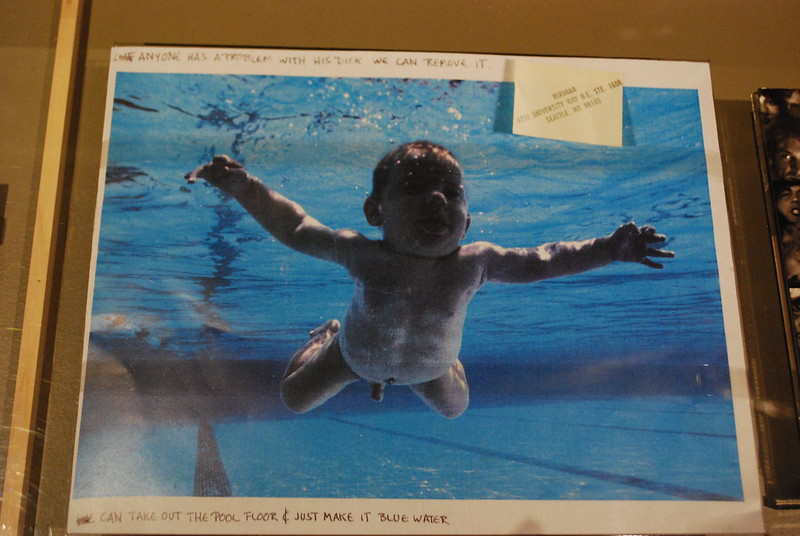
Released in 1991, Nirvana’s Nevermind is often credited with bringing the grunge movement into the mainstream, forever changing the landscape of rock music. The album’s raw sound, powerful guitar riffs, and Kurt Cobain’s emotional and often cryptic lyrics captured the angst and disillusionment of Generation X. With tracks like “Smells Like Teen Spirit” and “Come as You Are,” Nevermind became an anthem for a generation seeking to reject the polished, artificial qualities of 80s pop and glam rock.
Nevermind was also significant in how it blended alternative rock with more accessible elements of mainstream music, making it approachable for a wider audience without losing its authenticity. Its success marked the rise of Seattle as a music hub and brought alternative and punk influences to the forefront of popular culture. The album’s influence can still be felt today in rock and alternative music, and it remains one of the most iconic albums of the 90s.
Beyoncé – Lemonade (2016)

Beyoncé’s Lemonade, released in 2016, is much more than just an album; it is a cultural event that resonated with audiences around the world. The album combines R&B, pop, rock, and country influences, creating a genre-defying sound that challenges traditional expectations. Lemonade explores themes of love, betrayal, womanhood, and empowerment, drawing inspiration from Beyoncé’s personal experiences while also addressing broader societal issues, such as racism and gender inequality. Its release was accompanied by a visually stunning film that further elevated the storytelling experience, marking a pivotal moment in modern music.
The album also made a significant impact on how music is consumed and discussed in the digital age. Lemonade became a platform for Beyoncé to engage with her audience on a deep emotional level, influencing both music and popular culture in a way few albums have done. The release was not just about the music but also about the broader narrative it constructed, making it an essential piece of modern R&B and an album that defined an era of cultural consciousness.
The Rolling Stones – Exile on Main St. (1972)

Exile on Main St., released in 1972, is often considered one of the best albums in rock history. It captured The Rolling Stones at a time of internal struggle, personal turmoil, and musical experimentation. The album blends rock, blues, country, and soul into a raw, gritty sound that defined the early ’70s. Tracks like “Tumbling Dice” and “Happy” are prime examples of the band’s ability to infuse their music with both swagger and vulnerability, making Exile a testament to their resilience and talent.
The album’s production was famously chaotic, recorded in a dilapidated villa in France, which added to its unpolished, yet magnetic feel. Exile on Main St. became a reflection of the time’s disillusionment with the establishment, mirroring the social and political unrest of the era. Despite being released with little fanfare, it grew in stature over the years and is now regarded as one of the most influential albums in rock music.
Bob Dylan – Highway 61 Revisited (1965)

Released in 1965, Bob Dylan’s Highway 61 Revisited marked a dramatic shift in both his career and the landscape of popular music. The album was a departure from his folk roots, featuring a full electric band and bringing rock into the realm of intellectualism and social consciousness. With iconic tracks like “Like a Rolling Stone” and “Desolation Row,” Dylan bridged the gap between poetry and rock, combining vivid imagery and complex themes with unforgettable melodies.
Highway 61 Revisited is often credited with challenging the conventional boundaries of songwriting and lyricism. The album’s influence can still be felt in the music of today, with artists from all genres drawing inspiration from Dylan’s ability to weave powerful narratives into rock music. It remains a defining moment in the 1960s cultural revolution, shaping the sound of a generation and cementing Dylan’s place as one of the most important figures in modern music history.
Pink Floyd – The Dark Side of the Moon (1973)
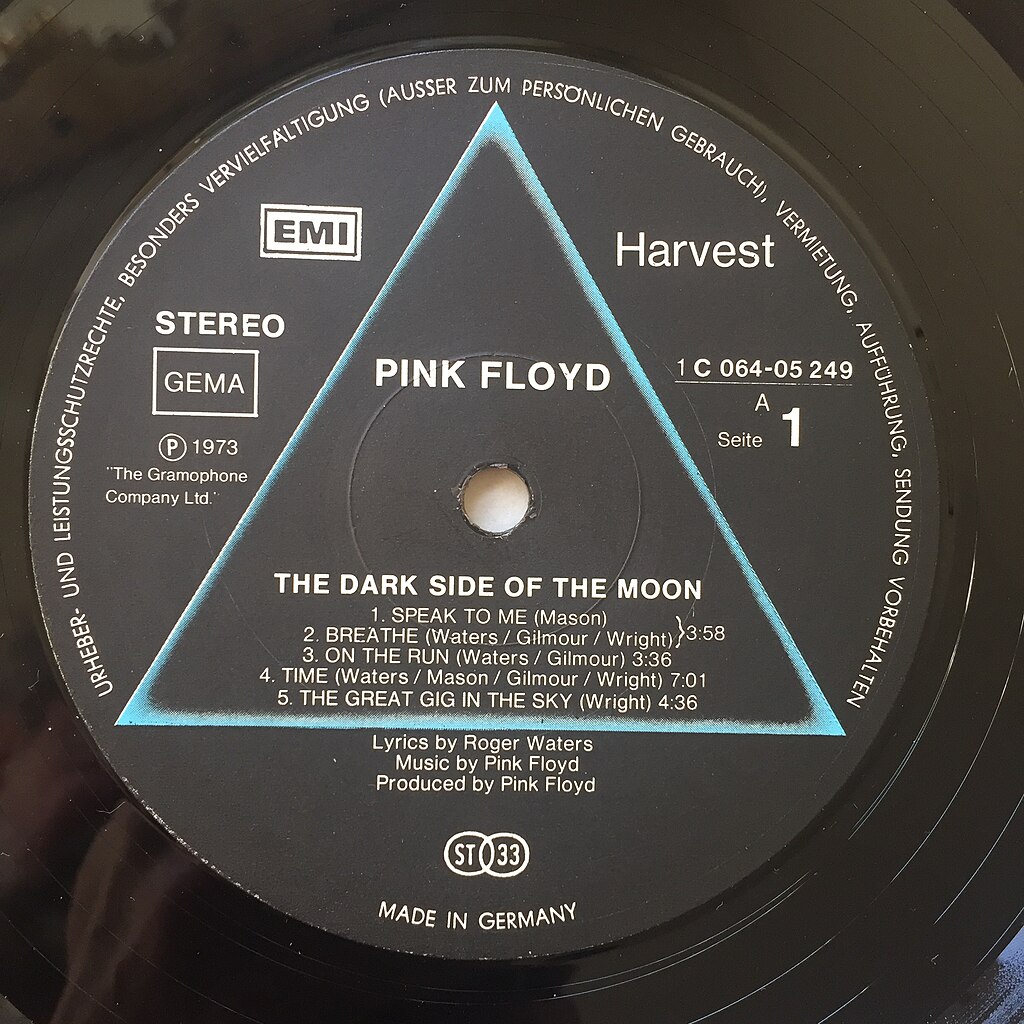
The Dark Side of the Moon, released in 1973, is one of the most iconic albums in rock history, redefining the genre and pushing the boundaries of what music could achieve. Pink Floyd’s exploration of themes like mental illness, the passage of time, and the human experience resonated deeply with listeners. The album’s atmospheric sound, created through innovative studio techniques and synthesizers, was groundbreaking, particularly with tracks like “Time” and “Money.”
Not only was the album musically revolutionary, but it also marked the beginning of the band’s dominance in the progressive rock genre. The Dark Side of the Moon is renowned for its seamless flow from track to track, creating an immersive listening experience that became a cultural touchstone. With its enduring popularity, the album spent over 900 weeks on the Billboard charts, cementing its place in the hearts and minds of music lovers worldwide.
Prince – Purple Rain (1984)
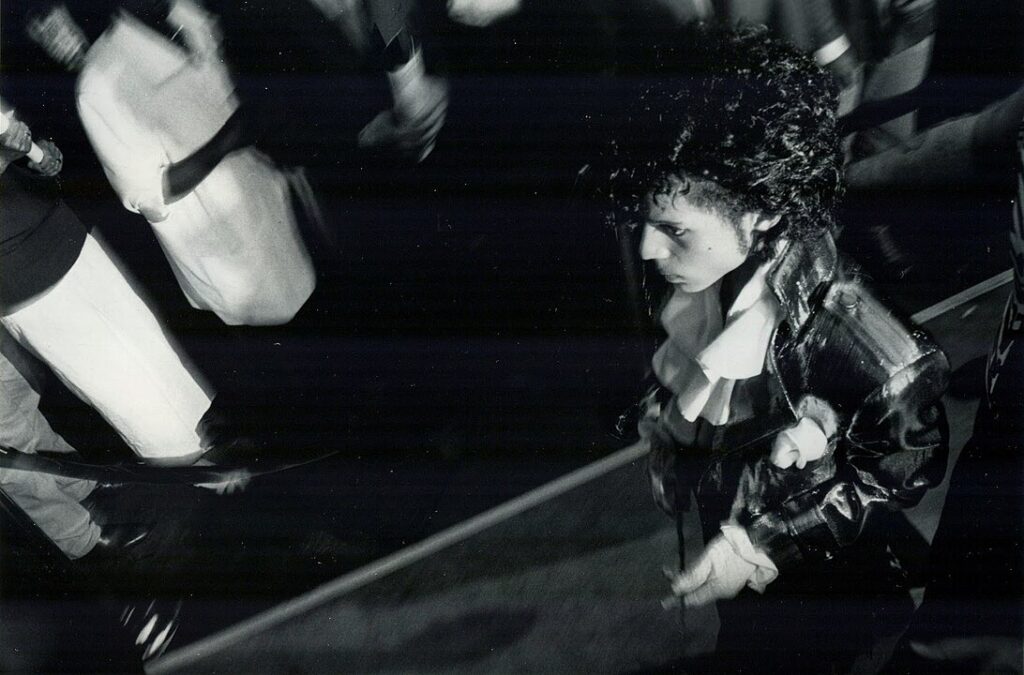
Prince’s Purple Rain, released in 1984, is one of the defining albums of the 1980s, blending rock, pop, funk, and R&B into a sound that was distinctly his own. The album features some of Prince’s most well-known tracks, including “When Doves Cry” and the title track “Purple Rain,” both of which became anthems of the era. Purple Rain was a perfect mix of raw emotion and musical innovation, with Prince’s guitar work and falsetto vocals creating a unique sound that still feels ahead of its time.
The album also had a significant cultural impact, thanks to its connection to the film Purple Rain, in which Prince’s musical persona was portrayed. The success of both the album and the film helped solidify Prince’s status as a cultural icon and a pioneer of 80s music. Purple Rain remains one of the most influential albums of the decade, with its impact stretching far beyond the music itself, influencing fashion, film, and culture at large.
This article originally appeared on Avocadu.
